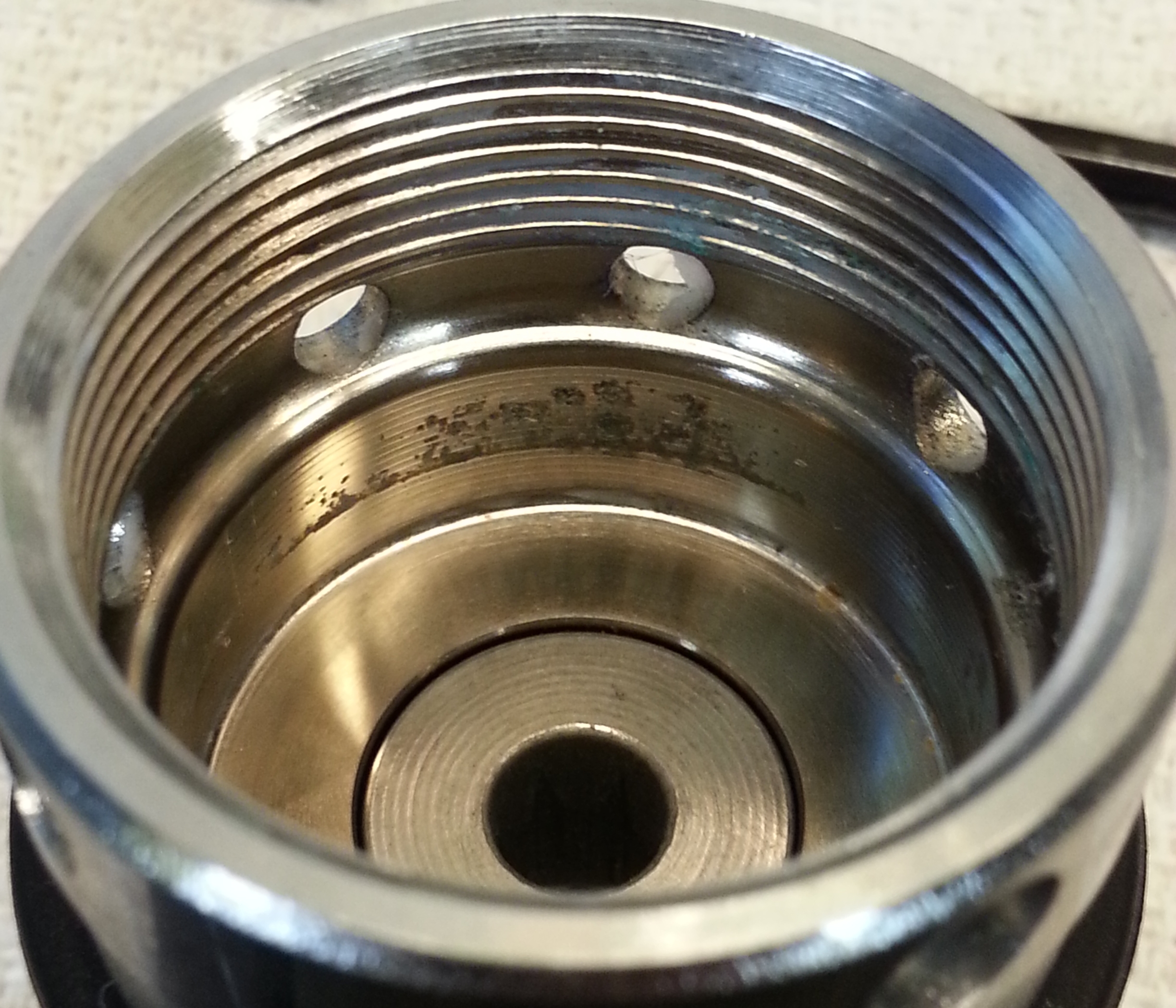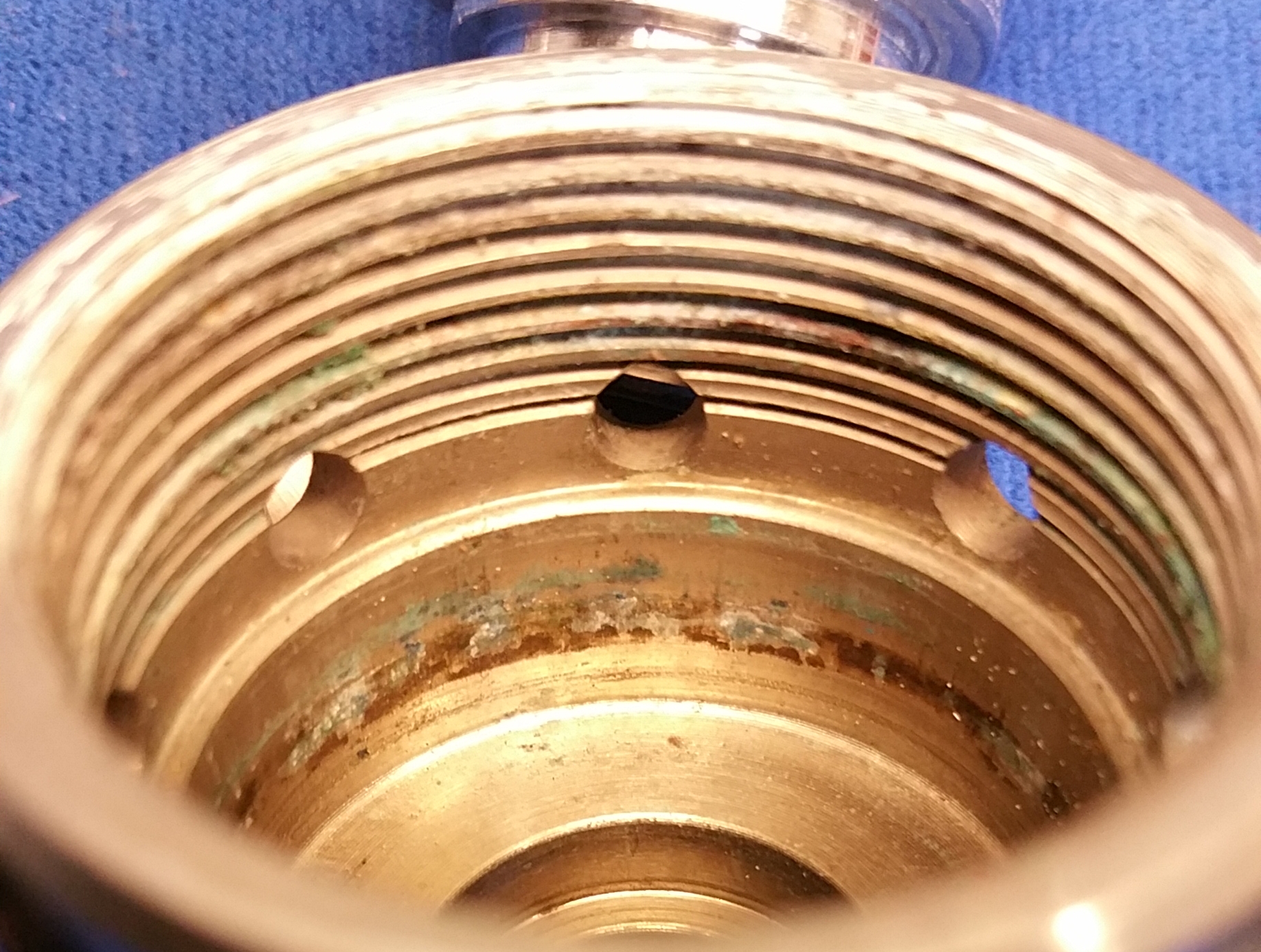Hello All:
Have the equipment and intend on environmentally sealing my Atomic regulators. I have a question about the sealing process.
The tool by Atomic to introduce the lubricant into the ambient pressure chamber applies pressure to the piston (looks more like valve to me than a piston) and compresses the spring. At the point of maximum compression, the lubricant is injected until the lubricant barely extrudes out of the ambient pressure ports. The environmental sealing ring is then inserted over the ports.
The tool is then extracted but this decompresses the spring and allows a small amount of air in the ambient pressure chamber. You don't have an opposing piston on the other side as with an engine so the air pocket won't compress. Will it not just push the lubricant into and possibly beyond the sealing retaining ring? The service instructions do warn about underfilling the chamber, which will negatively impact hte performance of the regulator. If anything should I error on the side of slightly overfilling or would that just be wasted lubricant as it is extruded beyond the seal?
Thank you,
O.
Have the equipment and intend on environmentally sealing my Atomic regulators. I have a question about the sealing process.
The tool by Atomic to introduce the lubricant into the ambient pressure chamber applies pressure to the piston (looks more like valve to me than a piston) and compresses the spring. At the point of maximum compression, the lubricant is injected until the lubricant barely extrudes out of the ambient pressure ports. The environmental sealing ring is then inserted over the ports.
The tool is then extracted but this decompresses the spring and allows a small amount of air in the ambient pressure chamber. You don't have an opposing piston on the other side as with an engine so the air pocket won't compress. Will it not just push the lubricant into and possibly beyond the sealing retaining ring? The service instructions do warn about underfilling the chamber, which will negatively impact hte performance of the regulator. If anything should I error on the side of slightly overfilling or would that just be wasted lubricant as it is extruded beyond the seal?
Thank you,
O.





